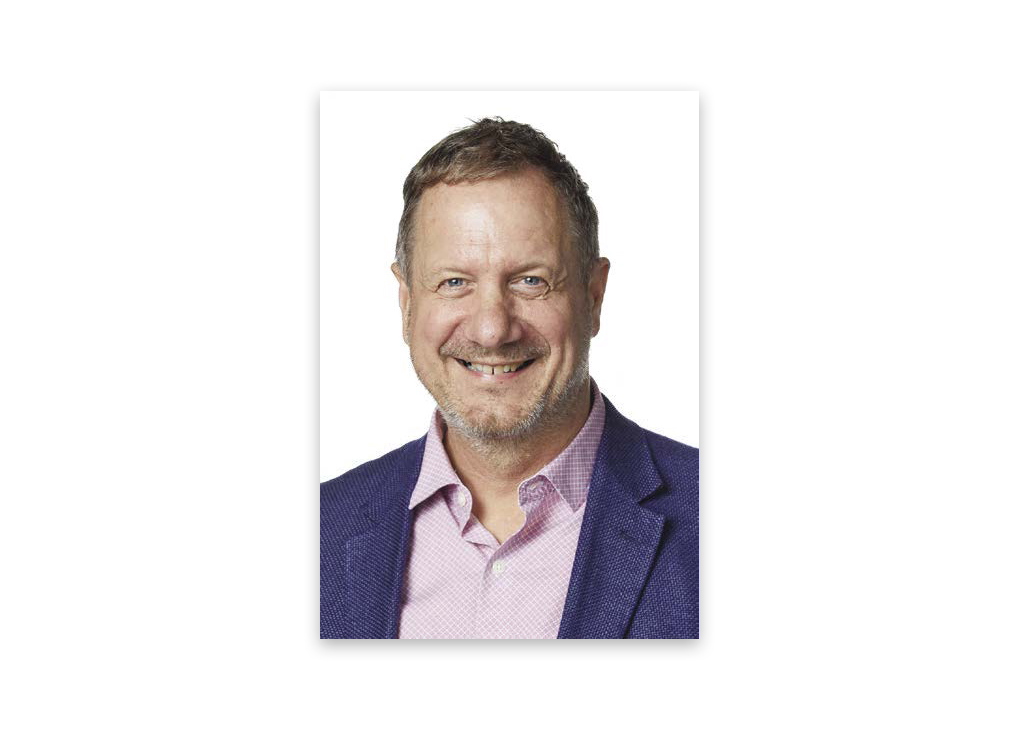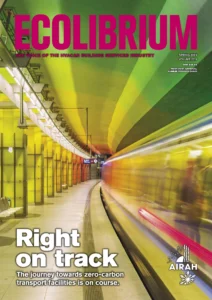Just do it

Well, it has been a busy few weeks, and as I put pen to paper for this column AIRAH has just held the Future of HVAC 2023 conference, along with the Building Physics Forum and Big Data and Analytics Forum, which were all held at Marvel Stadium in Melbourne, writes Paul Jackson, F.AIRAH.
What an event it was! I have to say well done to the AIRAH team for pulling off this combined event which attracted more than 300 attendees over the two days at one of the largest – if not the largest – face-to-face events that AIARH has hosted in recent times.
There were some amazing presentations and a raft of information shared, and some common themes that emerged, as you might expect.
One is the dilemma that our electricity supply chain is now suffering as it attempts to navigate into the future of increased electricity consumption, combined with a change in demand timing. This is not limited to Australia; the rest of the world is experiencing the same issues, as was pointed out by several presenters.
In 1882 Thomas Edison created one of the first power distribution grid systems – and just think about this – the generator was coal-powered, and the grid was very low-tech, along with the buildings that were connected to the supply. So here we are 150 years later, and we have high-tech distribution systems, smart buildings, and guess what else? We still have coal-powered generation systems doing the bulk of the heavy lifting for power generation.
As we race to achieve carbon neutrality, we have the combined challenges of working out how this can be implemented, how we measure embodied carbon, and where the data is.
Don’t forget about indoor air quality. According to recent statistics 92 per cent of us breathe poor-quality air.
The global, yes global, skill shortage came up a number of times at the conference and forums. Many employers are starting to give up trying to find good people with the right skillsets. Now we just want people. The takeaway message here is that we must refocus on education and change the way we think.
These are just some of the many challenges that we are facing not only in the distant future but right now too.
And of course, let’s not forget climate change – we are seeing the outcomes on an almost a daily basis. Hardly a news bulletin goes by without reference to some sort of disaster that can be directly linked back to climate change.
Articulating out loud what many have been thinking, United Nations Secretary General Antonio Guterres recently said that it’s not enough to simply curb emissions.
”The world must phase out fossil fuels in a just and equitable way – moving to leave oil, coal and gas in the ground,” he said earlier this year.
Despite Australia’s modest population, it is among the world’s top suppliers of the fossil fuels that are driving global warming. Weaning ourselves off this lucrative industry will require a different mindset than the one that has taken us this far.
If we are serious about it, then we have to wonder where the funding will come from. Without incentives how are we going to get there, because it always comes down to dollars and cents.
We collectively must lead the charge. Let’s not be that fourth wise monkey, the one that is the sum of the other three (sees no evil, hears no evil and speaks no evil). As an industry, we must make noise on this issue, and be heard.
We have a number of shared major goals to achieve for the future of our planet. To quote the tagline from a renowned athletic shoe brand: Just do it.

This article appears in Ecolibrium’s Spring 2023 edition
View the archive of previous editions
Latest edition
See everything from the latest edition of Ecolibrium, AIRAH’s official journal.





